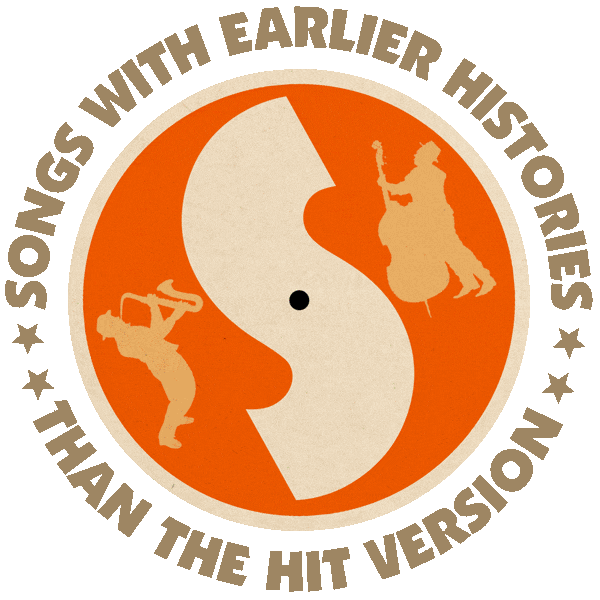First recorded (as “Mama Socked It to the Harper Valley PTA”) by Margie Singleton (1968).
Also recorded by Billie Jo Spears (1968).
Hit version by Jeannie C. Riley (US #1/C&W #1/CAN #1 1968).
From the wiki: “‘Harper Valley P.T.A.’ was written by Tom T. Hall who reportedly first offered the song to Skeeter Davis (‘End of the World’, 1962), who declined. The story goes that Hall, after driving past a school called Harpeth Valley Elementary School in Bellevue, Tennessee, noted the name and commenced writing ‘Harper Valley P.T.A.’ about a fictional confrontation between a young widow, Stella Johnson, and the local PTA who objected to her manner of dress, social drinking, and general friendliness with town’s men folk.
“On Songfacts.com, however, Hall recalls the song being based on a true event: ‘I was just hanging around downtown when I was about nine years old and heard the story and got to know this lady. I was fascinated by her grit. To see this very insignificant, socially disenfranchised lady – a single mother – who was willing to march down to the local aristocracy and read them the riot act so to speak, was fascinating.’

